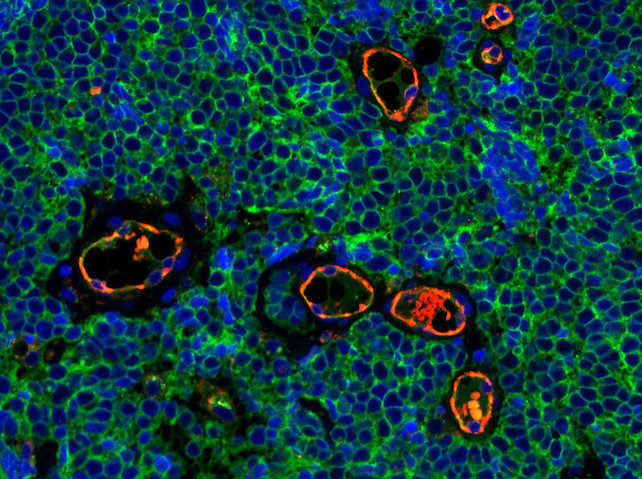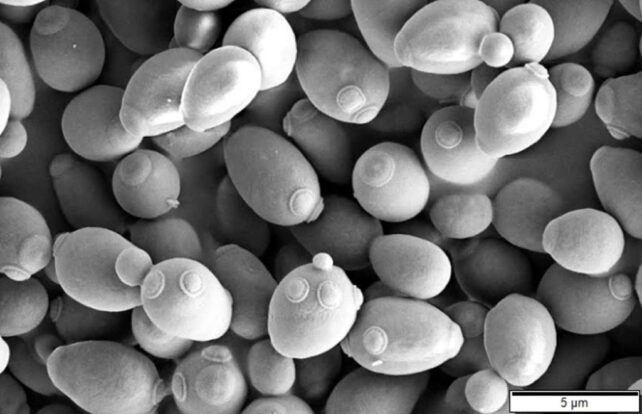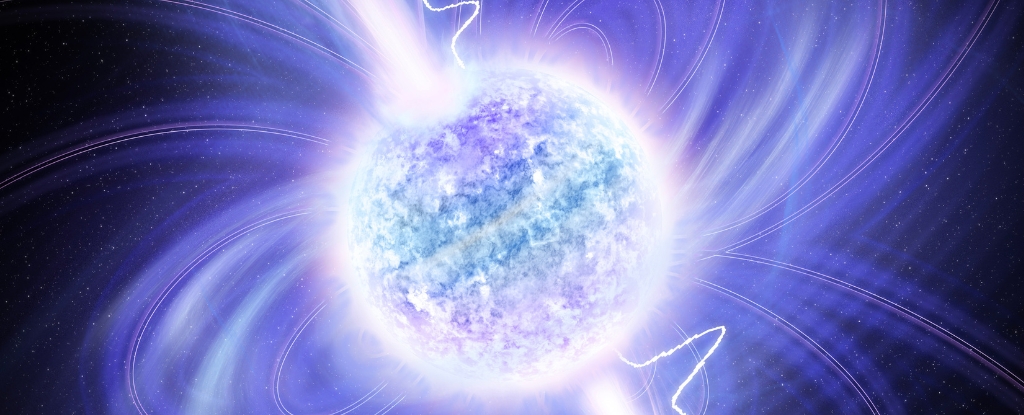ARTICLE AD
Cancer is the second-greatest cause of death worldwide, accounting for more than 10 million deaths per year.
Yet many cancers are curable if caught early and treated effectively. The problem is often cancer's insidiousness.
A new study reveals there may be a way to identify 'fingerprints' of cancer at an atomic level, using a technique more commonly employed in geology than in medicine.
This discovery could offer novel ways to investigate the growth of cancers in general and might offer new options for early detection.
"This study adds a whole new layer to medicine, giving us the chance to look at cancer at the atomic level," says lead author Ashley Maloney, a biogeochemist at the University of Colorado Boulder.
To do that, Maloney and her colleagues from the US and Switzerland capitalized on natural variations in the distribution of hydrogen isotopes – different versions of the same element, whose atoms have the same proton total but differing numbers of neutrons.
Deuterium is the heavier of hydrogen's two stable isotopes, distinguished from conventional hydrogen by its extra neutron. It's less abundant on Earth, where hydrogen atoms outnumber deuterium by roughly 6,000 to one.
The distribution of these isotopes is useful in the Earth sciences, holding secrets about things like ancient rocks or ice sheets.
But varying arrays of hydrogen atoms also exist within us, and Maloney wanted to see if those isotopes could shed light on mysteries within our bodies. Drawing inspiration from her father's work as a dermatologist, she specifically wanted to learn what hydrogen isotopes might reveal about cancer.
"He takes skin cancer cells off people all the time," Maloney says. "I wondered how the metabolism of those cells might be different from the cells growing next to them."
 Tumor tissue of Merkel cell carcinoma – a rare, aggressive skin cancer. (Isaac Brownell, National Institute of Arthritis and Musculoskeletal and Skin Diseases/NIH/Flickr/Public Domain)
Tumor tissue of Merkel cell carcinoma – a rare, aggressive skin cancer. (Isaac Brownell, National Institute of Arthritis and Musculoskeletal and Skin Diseases/NIH/Flickr/Public Domain)In lab experiments, the researchers grew cultures of yeast and mouse liver cells, then analyzed their hydrogen isotopes. They found that cells with very high growth rates – like cancer cells – have a substantially different ratio of hydrogen to deuterium.
This is still preliminary, Maloney and her colleagues point out, and many questions remain about how and whether hydrogen isotopes might hint at cancer in a human body.
But given the potential to save lives with earlier detection, this is worth looking into further, says co-author Sebastian Kopf, a geological scientist at the University of Colorado Boulder.
"Your chances of survival are so much higher if you catch cancer early on," Kopf says. "If this isotopic signal is strong enough that you could detect it through something like a blood test, that could give you an important hint that something is off."
Yeast and mouse cells typically generate energy via cellular respiration, taking in oxygen and releasing carbon dioxide. But when oxygen isn't freely available, most cells can at least temporarily turn to fermentation to break down sugars into energy instead.
"In humans, if an athlete performs beyond their aerobic limit, their muscles will also start fermenting, which doesn't use oxygen," Kopf says. "That gives you a quick energy boost."
Many cancers also fuel their growth with fermentation, part of the Warburg effect. Knowing this, scientists have long sought methods for monitoring metabolic anomalies that could herald cancer cells in patients.
In the new study, Maloney and her colleagues tried tracking these metabolic changes by analyzing hydrogen isotopes.
Cells obtain hydrogen atoms from an enzyme called nicotinamide adenine dinucleotide phosphate (NADPH). It wears many hats, but one of NADPH's duties involves distributing hydrogen atoms to certain molecules as part of fatty acid production.
Based on the activity of other enzymes in a cell, NADPH may cobble together various ratios of hydrogen and deuterium atoms.
Given cancer's tendency to reconfigure a cell's metabolism, the researchers hoped to understand if cancer also changes the way cells get hydrogen in the first place, thereby influencing their atomic composition.
 Yeast cells under a microscope. (Mogana Das Murtey and Patchamuthu Ramasamy, CC BY 3.0/Wikimedia Commons)
Yeast cells under a microscope. (Mogana Das Murtey and Patchamuthu Ramasamy, CC BY 3.0/Wikimedia Commons)Their experiments involved yeast colonies that often serve as models for studying cancer, as well as colonies of both healthy and cancerous mouse liver cells.
The researchers sampled fatty acids from these colonies, then used a mass spectrometer to reveal each sample's ratio of hydrogen isotopes.
"When we started the study, I thought, 'Ooh, we have a chance to see something cool," Maloney says. "It ended up creating a huge signal, which I didn't expect."
Fermenting yeast cells (standing in for cancer cells) had about 50 percent fewer deuterium atoms than the normal yeast cells, the study found. Cancerous mouse cells showed a similar but less pronounced drop in deuterium.
"Cancer, and other illnesses, are unfortunately a huge theme in many people's lives. Seeing Ashley's data was a special, profound moment," says co-author Xinning Zhang, an environmental microbiologist at Princeton University.
"It meant that a tool used to track planetary health might also be applied to track health and disease in lifeforms, hopefully one day in humans. Growing up in a family challenged by cancer, I hope to see this area expand."
The study was published in the Proceedings of the National Academy of Sciences.

 8 months ago
52
8 months ago
52 

